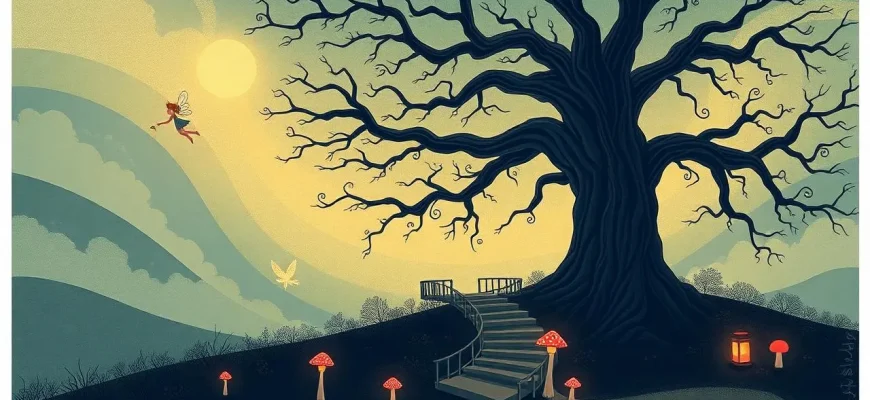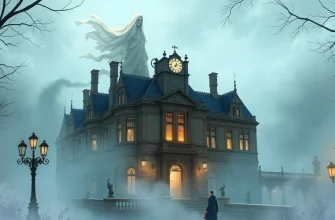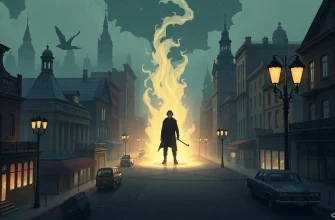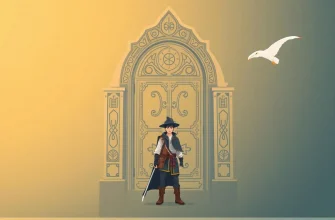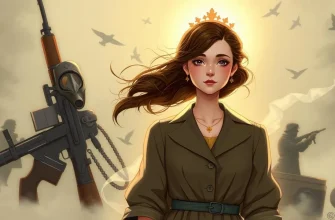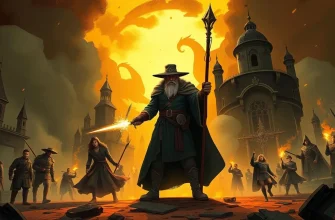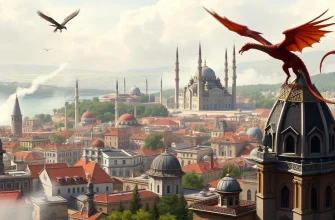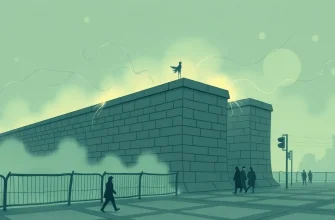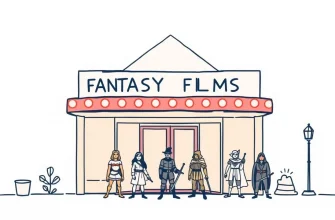Embark on a journey through the whimsical and often surreal landscapes of Soviet fantasy cinema. These films, rich with folklore, mythology, and imaginative storytelling, offer a unique glimpse into the creative minds of Soviet filmmakers. Whether you're a fan of fantasy or simply curious about Soviet culture, this collection promises to transport you to worlds where magic and reality intertwine. Here are 10 Soviet fantasy films that have been lovingly translated into English, ensuring that their enchanting tales can be enjoyed by audiences worldwide.
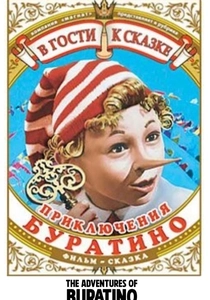
The Adventures of Buratino (1975)
Description: A live-action adaptation of Carlo Collodi's "Pinocchio," this film brings the wooden boy's adventures to life with a distinctly Soviet twist, making it a beloved classic in the fantasy genre.
Fact: The film was shot in the historic town of Suzdal, adding a magical backdrop to the story.
 Watch Now
Watch Now 
The Flying Ship (1979)
Description: A whimsical tale where a peasant boy builds a flying ship to win the hand of a princess, filled with humor, magic, and Soviet folklore.
Fact: The film features a memorable song that has become a cultural phenomenon in Russia.
 30 Days Free
30 Days Free 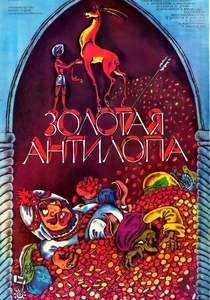
The Golden Antelope (1954)
Description: An adventure where a young boy and his friends embark on a quest to find a magical golden antelope, encountering various mythical creatures along the way.
Fact: The film was inspired by a Russian folk tale and showcases the rich tapestry of Soviet folklore.
 30 Days Free
30 Days Free 
The Snow Queen (1957)
Description: This animated classic adapts Hans Christian Andersen's fairy tale, telling the story of Gerda's quest to save her friend Kai from the icy clutches of the Snow Queen. Its inclusion in this list is due to its pioneering animation techniques and its enduring charm.
Fact: This was one of the first Soviet animated films to be widely distributed internationally, and it won the Special Jury Prize at the Venice Film Festival.
 30 Days Free
30 Days Free 
The Mystery of the Third Planet (1981)
Description: A space adventure where young Alice and her father explore a mysterious planet, encountering bizarre creatures and solving cosmic puzzles. It's a testament to Soviet sci-fi fantasy, blending adventure with philosophical undertones.
Fact: The film was based on a novel by Kir Bulychev, and its unique animation style has inspired many modern Russian animators.
 30 Days Free
30 Days Free 
The Irony of Fate (1976)
Description: While not strictly fantasy, this romantic comedy involves a series of fantastical coincidences, making it a unique entry in this list. It's about a man who, due to a mix-up, ends up in the wrong city on New Year's Eve.
Fact: The film has become a New Year's tradition in Russia, with many watching it every year.
 30 Days Free
30 Days Free 
The Scarlet Flower (1952)
Description: This animated film is a Soviet take on the Beauty and the Beast tale, where a merchant's daughter seeks a magical flower to save her father, only to fall in love with a beast.
Fact: It was one of the first Soviet animated films to be released in color.
 30 Days Free
30 Days Free 
The Little Mermaid (1968)
Description: A visually stunning adaptation of Andersen's tale, this film captures the essence of the story with its underwater scenes and the poignant love story between a mermaid and a prince.
Fact: The film's underwater scenes were groundbreaking for their time, using innovative techniques to simulate water movement.
 30 Days Free
30 Days Free 
The Tale of Tsar Saltan (1984)
Description: Based on Pushkin's poem, this animated film tells the story of Prince Gvidon, who, with the help of a magical swan, overcomes numerous challenges to reclaim his rightful place.
Fact: The film's score was composed by Mikhail Meyerovich, known for his work on many Soviet animated classics.
 30 Days Free
30 Days Free 
The Fire, Water, and Brass Pipes (1968)
Description: A young girl's journey to find her father, involving encounters with magical creatures and overcoming challenges, all set in a fantastical Soviet landscape.
Fact: The film's title refers to the three magical items the protagonist must collect to save her father.
 30 Days Free
30 Days Free 
